1. “Slip Kid” – The Who (1975)
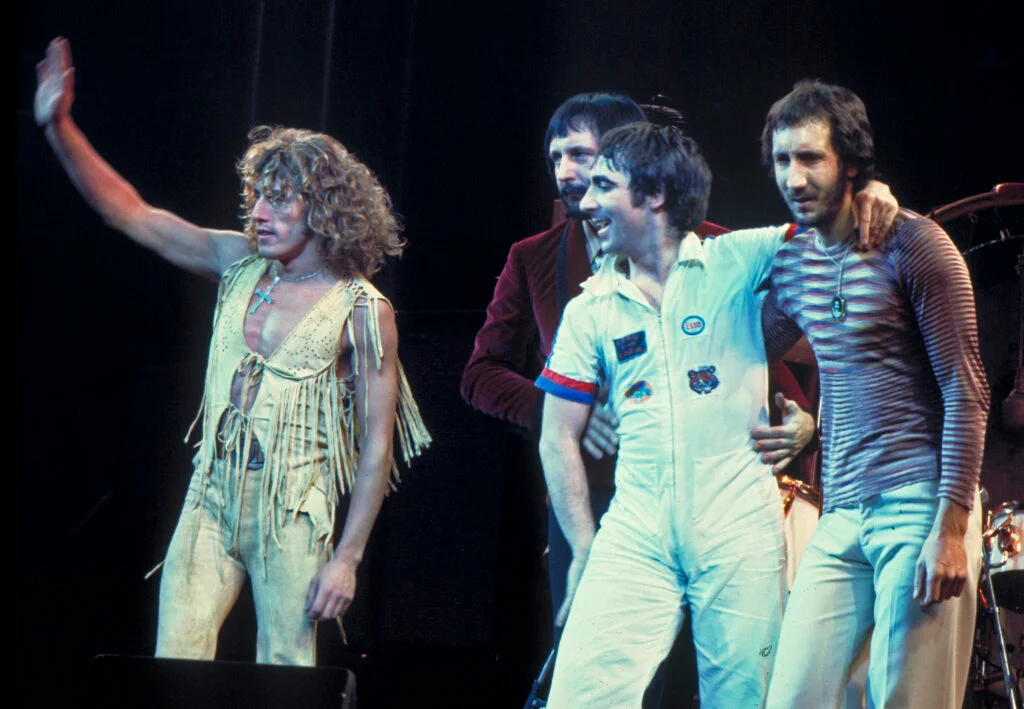
“Slip Kid” from The Who by Numbers is a powerful track that often gets overshadowed by the band’s more famous hits. Despite its energetic riff and Roger Daltrey’s compelling vocals, the song failed to chart when released as a single in the U.S. and Canada. Critics have praised it for its dynamic arrangement and Pete Townshend’s introspective lyrics, which delve into themes of youth and disillusionment. AllMusic describes it as “a perfect performance that bridges a classical Who song structure with Townshend’s revisionist lyrics.”
Over time, “Slip Kid” has gained recognition among fans and critics alike. Ultimate Classic Rock even ranked it as the most underrated Who song. Its blend of hard rock and emotional depth showcases The Who’s versatility and willingness to explore new musical territories. Despite its initial lack of commercial success, “Slip Kid” remains a testament to the band’s enduring influence on rock music.
2. “Search and Destroy” – Iggy & The Stooges (1973)

“Search and Destroy” is a raw, high-energy track that epitomizes the proto-punk sound of the early ’70s. Released on Raw Power, the song was produced by David Bowie and features Iggy Pop’s intense vocals and James Williamson’s blistering guitar work. Despite its critical acclaim, the song did not achieve significant commercial success upon release.
Over the years, “Search and Destroy” has been recognized as a foundational track in the punk rock genre. Rolling Stone ranked it at No. 468 on their list of “The 500 Greatest Songs of All Time,” and VH1 named it the 49th best hard rock song of all time. Its aggressive sound and rebellious spirit have influenced countless artists and continue to resonate with listeners today.
3. “Suffragette City” – David Bowie (1972)

“Suffragette City” is a high-octane glam rock anthem that showcases David Bowie’s ability to blend theatricality with rock sensibilities. Featured on The Rise and Fall of Ziggy Stardust and the Spiders from Mars, the song is driven by Mick Ronson’s dynamic guitar riffs and Bowie’s charismatic vocals. Despite its energetic performance, the single failed to chart upon its initial release.
In retrospect, “Suffragette City” has been hailed as one of Bowie’s most electrifying tracks. Critics have praised its infectious energy and its embodiment of the glam rock movement. Its influence is evident in the work of numerous artists who have drawn inspiration from its bold sound and style.
4. “The Bomber” – James Gang (1970)
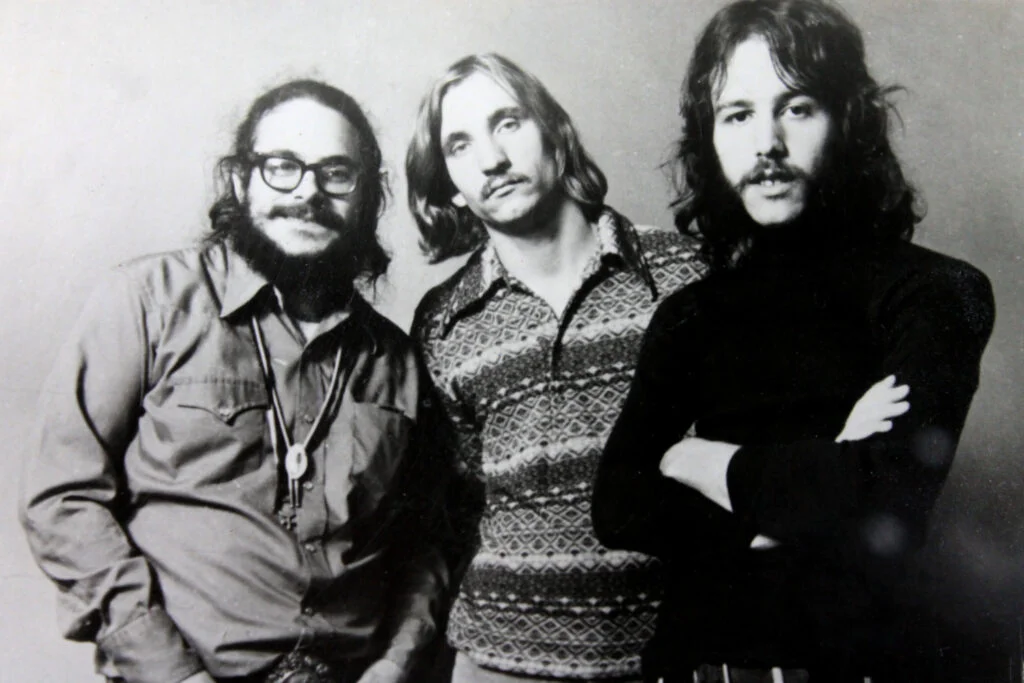
“The Bomber,” from the album James Gang Rides Again, is a hard-hitting, riff-heavy track that shows off Joe Walsh’s signature guitar style. The song blends rock with elements of blues and a touch of jazz, creating a distinctive sound that stands out in the early ’70s rock scene. Despite its intricate structure and impressive musicianship, the song didn’t receive the attention it deserved on the charts.
In retrospect, “The Bomber” has gained recognition among fans and critics for its raw energy and musical complexity. Walsh’s guitar solos are still celebrated for their technical brilliance, and the song helped lay the groundwork for his future solo success. The track’s underrated status highlights the James Gang’s influence on the development of rock music during this era, particularly in the realm of hard rock and progressive sounds.
5. “All the Way from Memphis” – Mott the Hoople (1973)

“All the Way from Memphis” is a rollicking rock song that captures the chaotic energy of life on tour. Written by Ian Hunter, the track features a blend of glam rock and boogie-woogie influences. Despite its infectious rhythm and storytelling lyrics, the song did not achieve significant commercial success.
In retrospect, “All the Way from Memphis” has been recognized for its vibrant energy and narrative flair. Its portrayal of the rock and roll lifestyle resonated with fans and critics alike. The song remains a testament to Mott the Hoople’s unique contribution to the glam rock movement.
6. “Long, Long Way from Home” – Foreigner (1977)

“Long, Long Way from Home” is a heartfelt rock ballad that delves into themes of loneliness and longing. Featured on Foreigner’s debut album, the song showcases Lou Gramm’s powerful vocals and the band’s melodic prowess. Despite its emotional depth, the track did not achieve the same level of commercial success as some of the band’s later hits.
Over time, “Long, Long Way from Home” has been appreciated for its sincerity and musical craftsmanship. Critics have highlighted its blend of rock and soul influences, which set it apart from other songs of the era. The track remains a cherished example of Foreigner’s early work and their ability to convey emotion through music.
7. “Walk on the Wild Side” – Lou Reed (1972)

“Walk on the Wild Side” is a groundbreaking song that brought taboo subjects into the mainstream. Released on Transformer, the track tells stories of individuals from New York City’s underground scene, touching on themes of gender identity and alternative lifestyles. Produced by David Bowie and Mick Ronson, the song received critical acclaim but faced challenges with radio play due to its controversial content.
Despite initial resistance, “Walk on the Wild Side” became one of Lou Reed’s most iconic songs. Its candid lyrics and distinctive bassline have influenced countless artists and continue to resonate with listeners today. The track’s success marked a significant moment in rock history, challenging societal norms and expanding the boundaries of popular music.
8. “God Gave Rock and Roll to You” – Argent (1973)

“God Gave Rock and Roll to You” is an anthemic rock song that celebrates the power of music. Written by Russ Ballard, the track was performed by Argent and later covered by Kiss. Despite its uplifting message and catchy melody, the song did not achieve significant commercial success upon its initial release.
Over time, “God Gave Rock and Roll to You” has been embraced as a classic rock anthem. Its message of music as a unifying force has resonated with audiences worldwide. The song’s enduring popularity underscores its timeless appeal and the universal language of rock and roll.
9. “Dirty White Boy” – Foreigner (1979)

“Dirty White Boy” is a hard-hitting rock song that showcases Foreigner’s raw energy and musical prowess. Featured on their album Head Games, the track features Lou Gramm’s distinctive vocals and Mick Jones’ powerful guitar riffs. Despite its energetic performance, the song did not achieve significant commercial success upon its initial release.
In retrospect, “Dirty White Boy” has been recognized as one of Foreigner’s standout tracks. Its blend of hard rock and blues influences set it apart from other songs of the era. The track remains a testament to the band’s ability to craft compelling rock music that resonates with listeners.
10. “The Wasp (Texas Radio and the Big Beat)” – The Doors (1971)
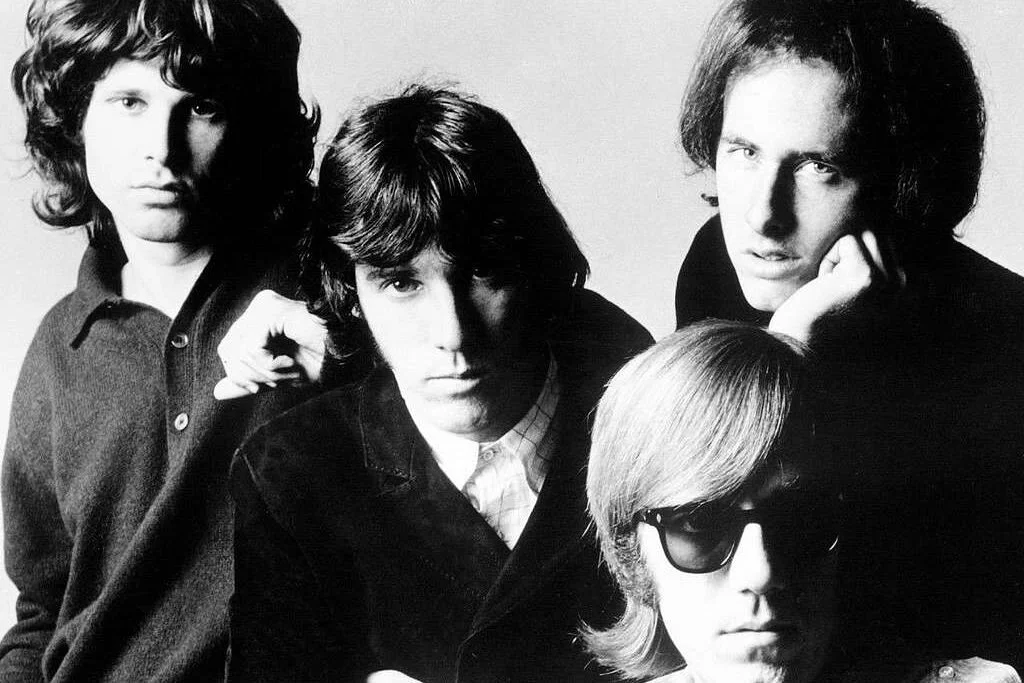
“The Wasp (Texas Radio and the Big Beat)” is a poetic and experimental track that captures the essence of The Doors’ unique sound. Featured on L.A. Woman, the song blends Jim Morrison’s spoken word lyrics with the band’s blues-infused rock instrumentation. Despite its artistic ambition, the track did not achieve significant commercial success upon its initial release.
Over time, “The Wasp” has been appreciated for its lyrical depth and musical innovation. Critics have highlighted its fusion of poetry and rock, which set it apart from other songs of the era. The track remains a cherished example of The Doors’ ability to push the boundaries of popular music.
11. “Hobo With a Grin” – Steve Harley & Cockney Rebel (1978)
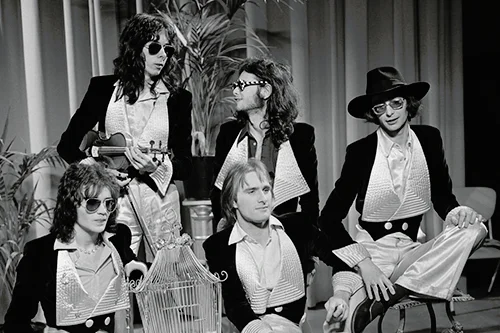
“Hobo With a Grin” is a whimsical and theatrical song that showcases Steve Harley’s distinctive songwriting style. Featured on the album Hobo With a Grin, the track blends elements of glam rock and cabaret, creating a unique musical experience. Despite its creativity, the song did not achieve significant commercial success upon its initial release.
Over time, “Hobo With a Grin” has been recognized for its inventive approach to rock music. Its blend of theatricality and musical experimentation has garnered a cult following. The track remains a testament to Steve Harley’s ability to infuse rock with narrative flair and artistic ambition.
12. “Sticky Living” – B.B. King (1973)
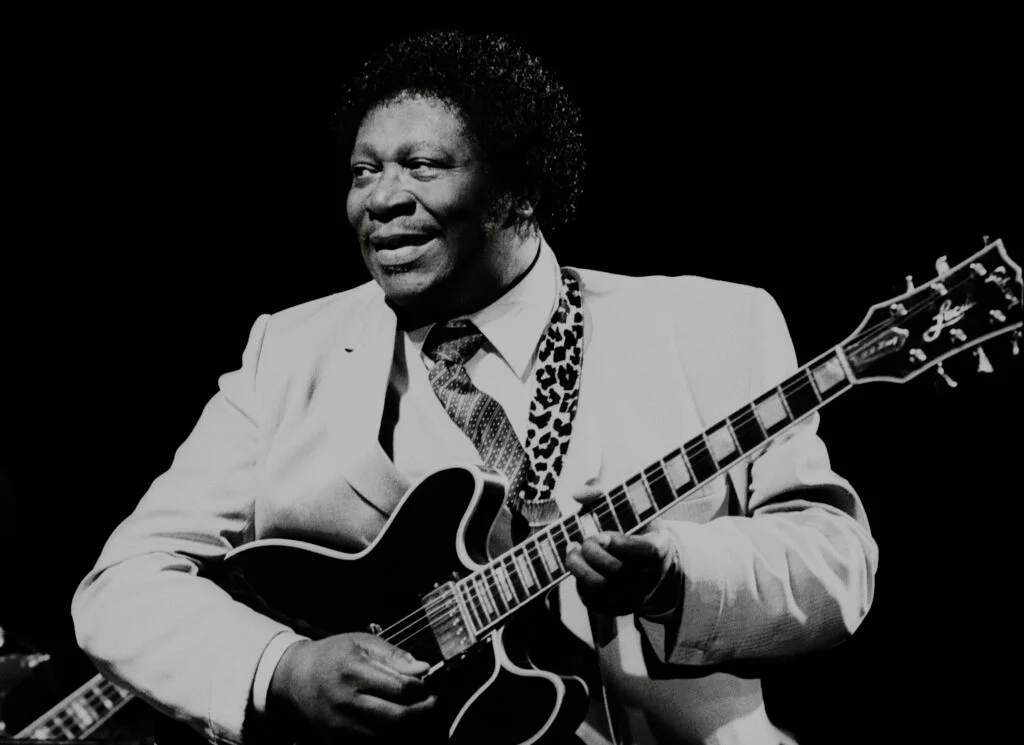
“Sticky Living” is an old-school blues track with a rocking edge that feels completely fresh. Through B.B. King’s signature guitar work, this track vibrates with raw emotion, and the groovy bassline gives it an unexpected rock twist. The song captures the soul of blues with elements of early rock and roll.
Even though it didn’t chart as high as expected, “Sticky Living” is often considered one of B.B. King’s most innovative pieces from his golden era of music. Fans and critics alike celebrate it for merging rock with blues in a way that felt new, offering listeners a unique and personal listening experience.
13. “I’m Your Captain (Closer to Home)” – Grand Funk Railroad (1970)

“I’m Your Captain (Closer to Home)” is a powerful rock epic that blends progressive elements with the classic Grand Funk Railroad sound. The song, with its soaring vocals by Mark Farner and a stirring instrumental breakdown, captures the feeling of longing and the desire for freedom. Despite its length and complexity, it didn’t receive the attention it deserved on the charts.
In retrospect, “I’m Your Captain” has gained recognition among fans and critics for its raw energy and musical complexity. Farner’s emotive performance and the track’s anthemic qualities have earned it a lasting place in rock history. It remains one of Grand Funk’s most beloved tracks and a quintessential example of ’70s rock’s boldness and ambition.
14. “Spill the Wine” – Eric Burdon & War (1970)
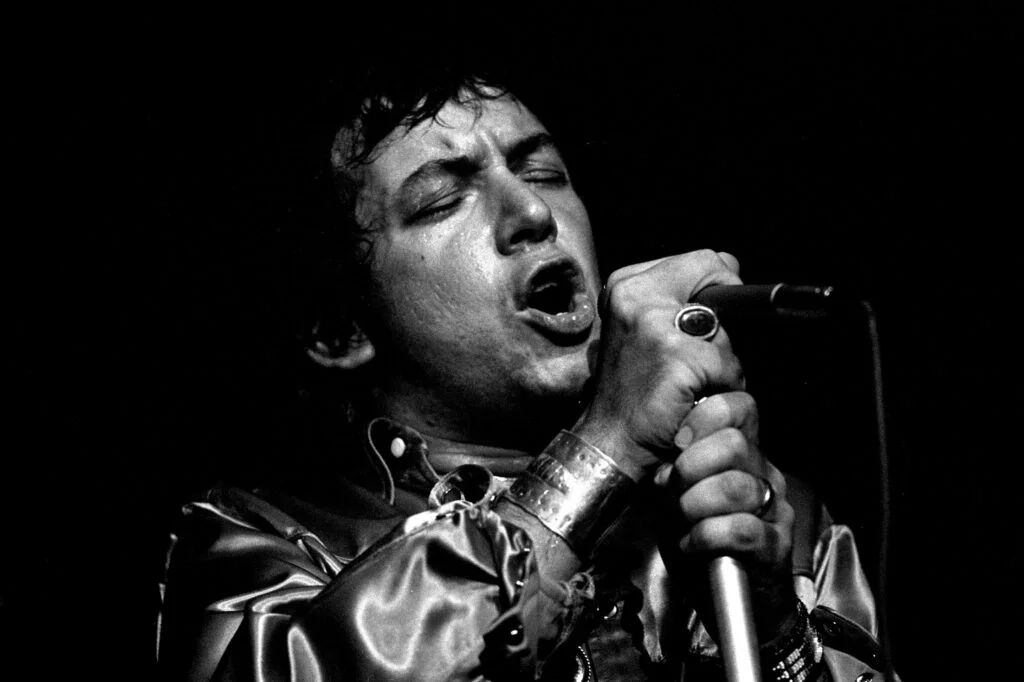
“Spill the Wine” is a funky, groovy track that blends rock with Latin and jazz influences, creating a smooth yet hypnotic vibe. The song was recorded by Eric Burdon, former lead singer of The Animals, and the band War, featuring a catchy chorus and an irresistible rhythm section. Despite its infectious melody, it didn’t achieve lasting commercial success at the time.
Over the years, “Spill the Wine” has become a cult favorite, known for its unique sound and Burdon’s distinctive voice. The track’s blend of genres was ahead of its time, influencing artists across multiple genres. Today, it’s seen as a forgotten gem of the early ’70s, with its playful vibe and carefree lyrics representing the spirit of that era.
15. “The Witch” – The Sonics (1970)
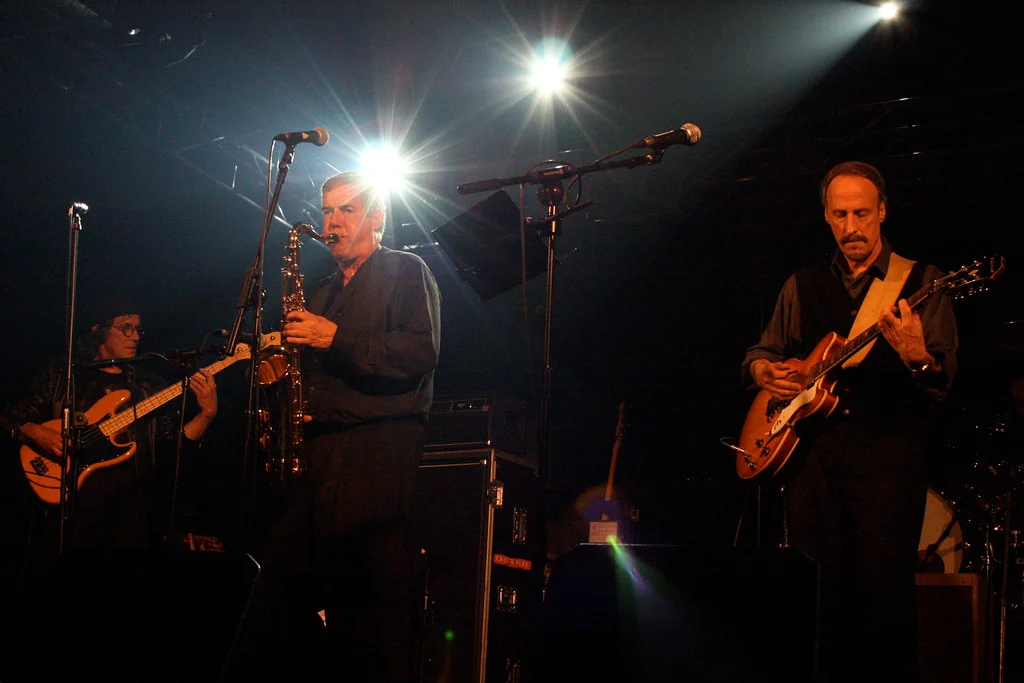
“The Witch” is an early example of garage rock at its rawest. While The Sonics were not a household name, the band’s fierce energy and the song’s explosive riff make it a standout in the ’70s rock scene. Released on the album Boom, “The Witch” is a track that shows off the band’s gritty sound and their influence on the punk and garage rock genres.
Although “The Witch” did not enjoy widespread commercial success, it has since been hailed as a pioneering rock song. Its aggressive style and wild energy have made it a cult classic among rock enthusiasts, with the track influencing many bands that came after it. The Sonics’ unrelenting style left an indelible mark on rock, particularly in the punk movement.
16. “The Chain” – Fleetwood Mac (1977)
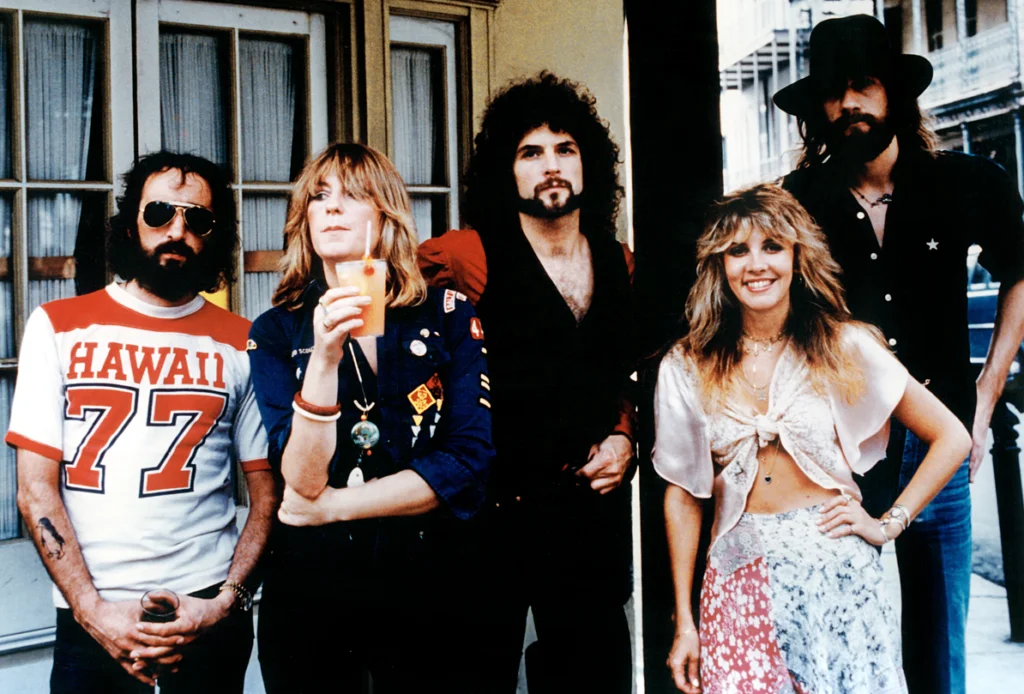
“The Chain” is a track that encapsulates Fleetwood Mac’s internal turmoil and the band’s ability to turn personal drama into music that resonates universally. Featured on Rumours, the song is notable for its iconic bassline, tight harmonies, and the unique collaboration between band members. Despite its significance on Rumours, the song was not initially released as a single, limiting its immediate commercial exposure.
Over time, “The Chain” has become one of Fleetwood Mac’s most beloved songs, often seen as the band’s anthem. Its deep emotional weight and intricate structure have made it a fan favorite, and it’s now regularly featured in live performances. The track’s blend of rock, folk, and blues has kept it relevant for decades, cementing its place in the legacy of ’70s rock music.


